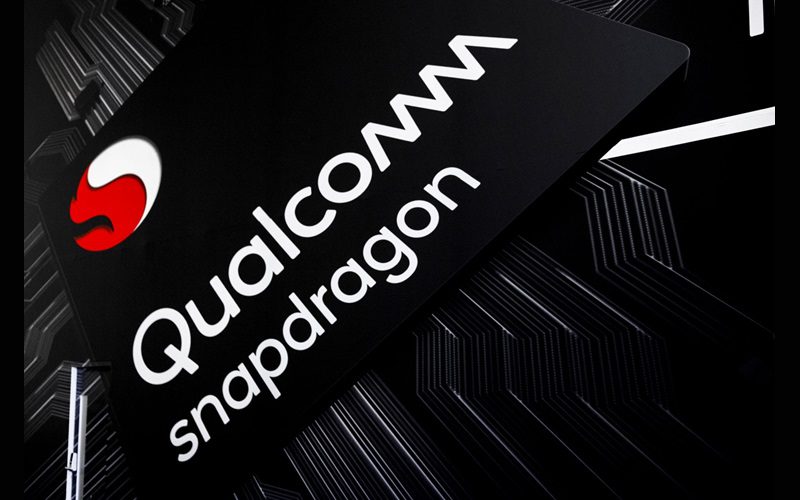Apple has just introduced its latest flagship processors the iPhone 16 Pro and iPhone 16 Pro Max, powered by the new A18 Pro chipset. Meanwhile, Qualcomm is preparing to launch its next-generation Snapdragon 8 Gen 4. Both processors are built on TSMC’s 3nm process and bring cutting-edge performance to mobile devices. While the A18 Pro is already making waves with its powerful specs, the Snapdragon 8 Gen 4 is rumored to bring comparable performance, setting the stage for a showdown between two of the industry’s top mobile processors. In this article below, we shall talk more about Apple A18 Pro Vs Snapdragon 8 Gen 4 in further details.
Table of Contents
Apple A18 Pro Vs Snapdragon 8 Gen 4:
The Apple A18 Pro powers the latest iPhone 16 Pro models and is built on TSMC’s 3nm process. It features a 6-core CPU, which includes two high-performance cores clocked at 4.05GHz and four efficiency cores running at 2.2GHz. The A18 Pro also includes a 6-core GPU with a clock speed of 1.45GHz and support for hardware-accelerated Ray Tracing, a technology that enhances gaming graphics. Additionally, it has a 16-core Neural Engine capable of performing 35 trillion operations per second, making it highly efficient for AI-related tasks.
Qualcomm’s Snapdragon 8 Gen 4, though not yet officially released, is rumored to also be built on TSMC’s 3nm process. It is expected to feature a similar CPU setup with two prime cores, but at a slightly higher clock speed of 4.37GHz, along with six efficiency cores running at 2.78GHz. The Snapdragon 8 Gen 4 is also rumored to include the Adreno 830 GPU, clocked at 1.25GHz, with support for Ray Tracing, making it competitive with the A18 Pro in graphics performance.

Specifications Comparision between these chips:
| Specification | Apple A18 Pro | Snapdragon 8 Gen 4 |
|---|---|---|
| Manufacturing Process | 3nm (TSMC) | 3nm (TSMC) |
| CPU Configuration | 6-core (2x 4.05GHz + 4x 2.2GHz) | 8-core (2x 4.37GHz + 6x 2.78GHz) |
| GPU | 6-core GPU (1.45GHz) with Ray Tracing | Adreno 830 (1.25GHz) with Ray Tracing |
| Neural Engine / AI | 16-core Neural Engine (35 trillion ops/sec) | AI-optimized (Rumored) |
| Benchmark (GeekBench) | Single-core: ~3,500 Multi-core: ~8,200 | Single-core: ~2,884 Multi-core: ~8,840 (4.09GHz version) |
| Ray Tracing Support | Yes | Yes |
| Expected Launch | Launched | Expected October 2024 |
Benchmark: How Do They Compare?
Although the Snapdragon 8 Gen 4 hasn’t been officially launched, early benchmark scores have appeared on GeekBench. In these tests, the Snapdragon 8 Gen 4 scored 2,884 points in the single-core test and 8,840 points in the multi-core test. It’s important to note that this score was achieved with a clock speed of 4.09GHz, not the higher 4.37GHz that the final version is expected to feature.
In comparison, Apple’s A18 Pro scored around 3,500 points in the single-core test and 8,200 points in the multi-core test. While the A18 Pro leads in single-core performance, the Snapdragon 8 Gen 4 comes very close in multi-core tests, potentially offering better multi-threaded performance. This suggests that Qualcomm is closing the gap with Apple in terms of overall CPU performance, especially for tasks that use multiple cores.
| Benchmark | Apple A18 Pro | Snapdragon 8 Gen 4 |
|---|---|---|
| Single-Core Score | ~3,500 points | ~2,884 points (4.09GHz version) |
| Multi-Core Score | ~8,200 points | ~8,840 points (4.09GHz version) |
What to Expect Next?
While the Apple A18 Pro is already available in the iPhone 16 Pro series, Qualcomm’s Snapdragon 8 Gen 4 is expected to launch in flagship Android devices next month. Based on early data, the Snapdragon 8 Gen 4 is set to deliver significant improvements in both CPU and GPU performance, possibly making it one of the most powerful chipsets in the Android ecosystem.
However, Apple still holds an advantage in single-core performance, which is crucial for tasks that require high speed and responsiveness, like opening apps and navigating through the interface. The real competition will likely come down to how these chipsets perform in real-world usage, especially in gaming, AI processing, and power efficiency.
Conclusion
Both the Apple A18 Pro and the Snapdragon 8 Gen 4 represent the latest in mobile chipset technology, each bringing its own strengths to the table. Apple’s A18 Pro continues to lead in single-core performance, while Qualcomm’s Snapdragon 8 Gen 4 appears to offer strong multi-core capabilities. With Qualcomm’s official launch just around the corner, it will be interesting to see how these two chipsets compare in real-world scenarios and which one ultimately comes out on top for 2024’s flagship smartphones.







